A Case for Increasing Your Investment in Human Resources
15Five
JUNE 6, 2025
Key takeaways A strategic investment in human resources leads to higher employee retention, stronger succession planning, and a boost in shareholder value. Stronger leadership development and succession planning Replacing a leader is one of the most difficult and expensive things an organization can do. The solution?


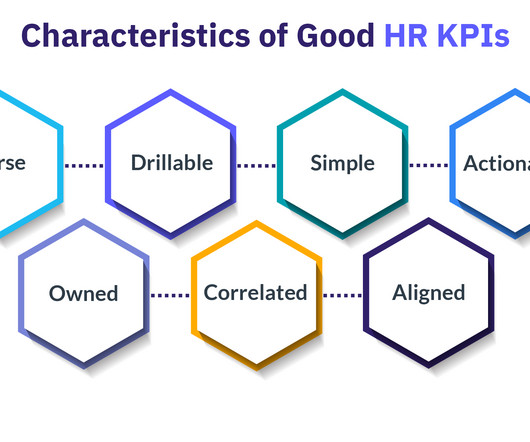
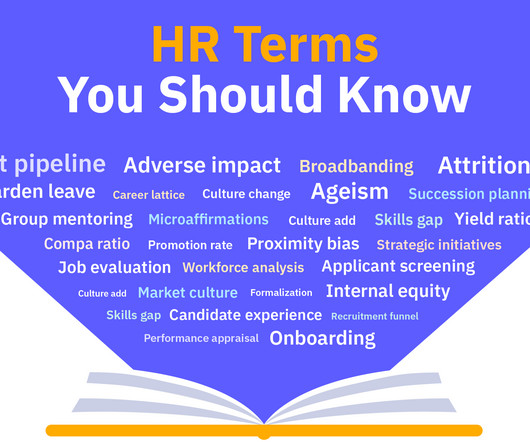
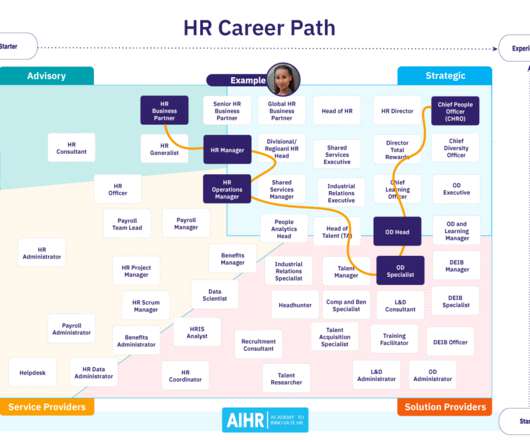


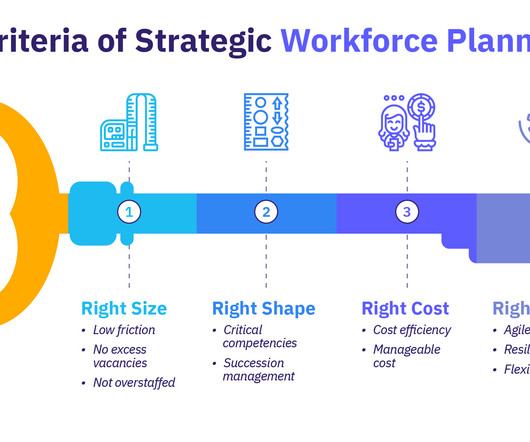

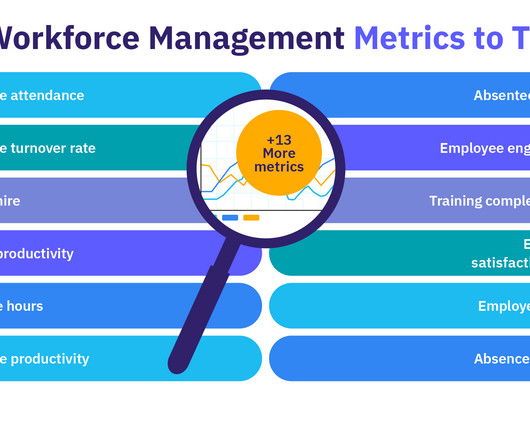
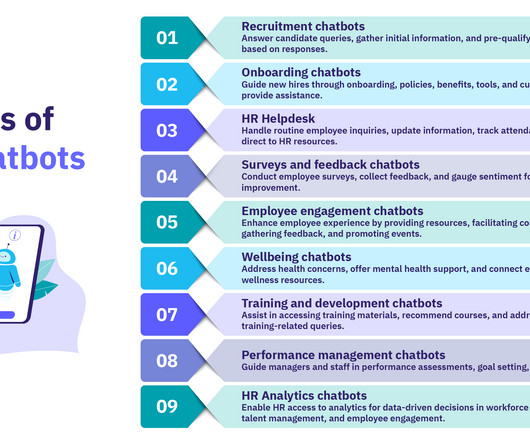

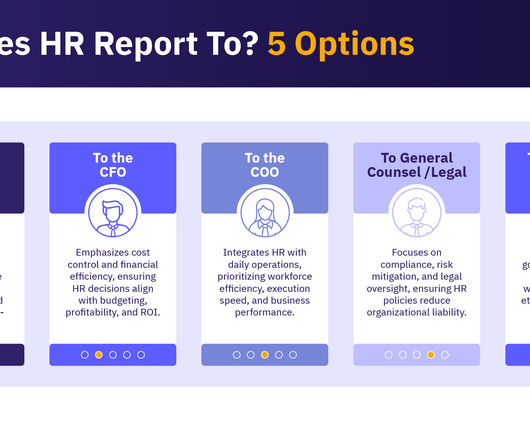






Let's personalize your content